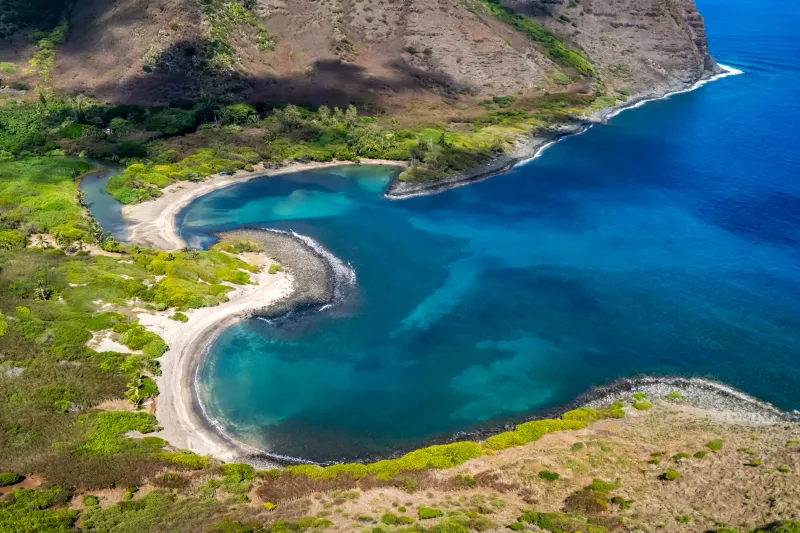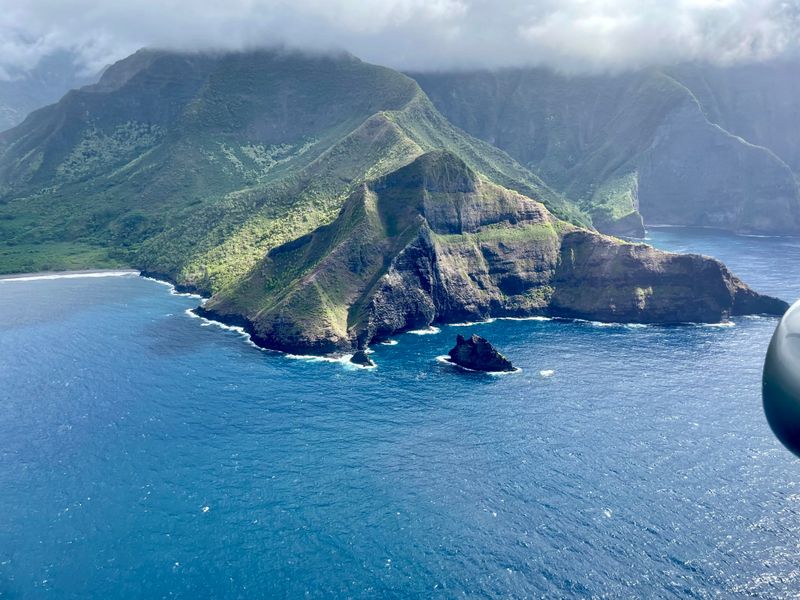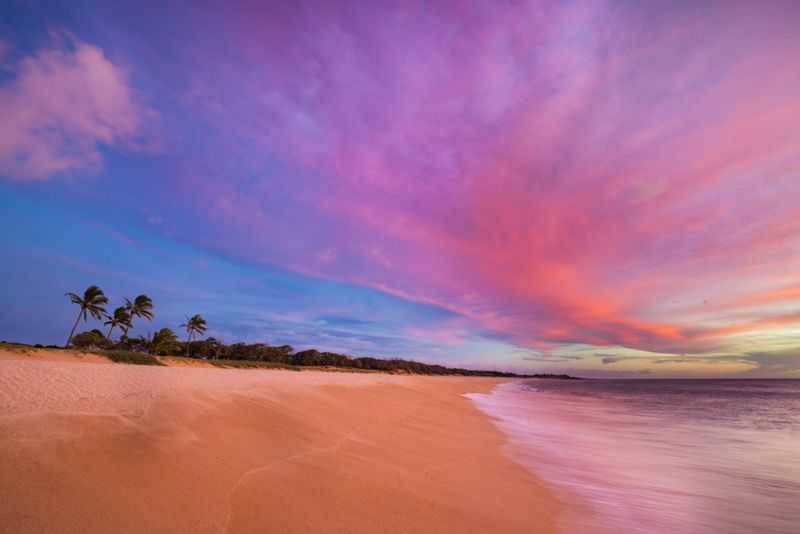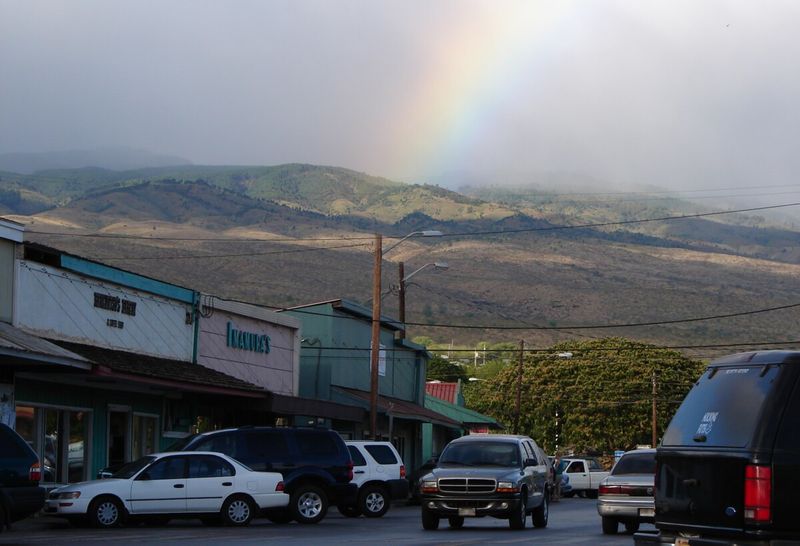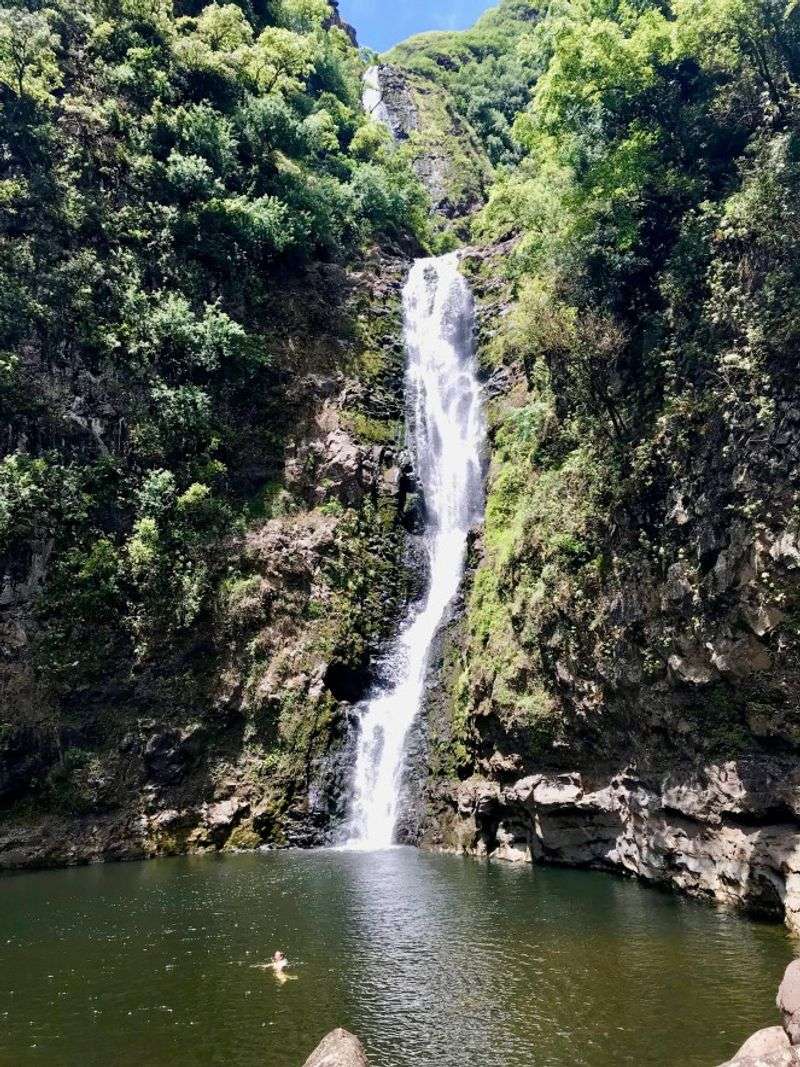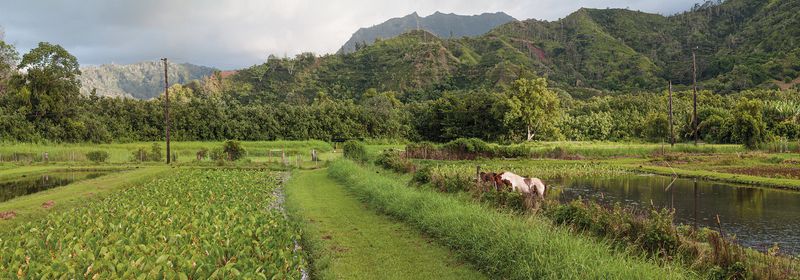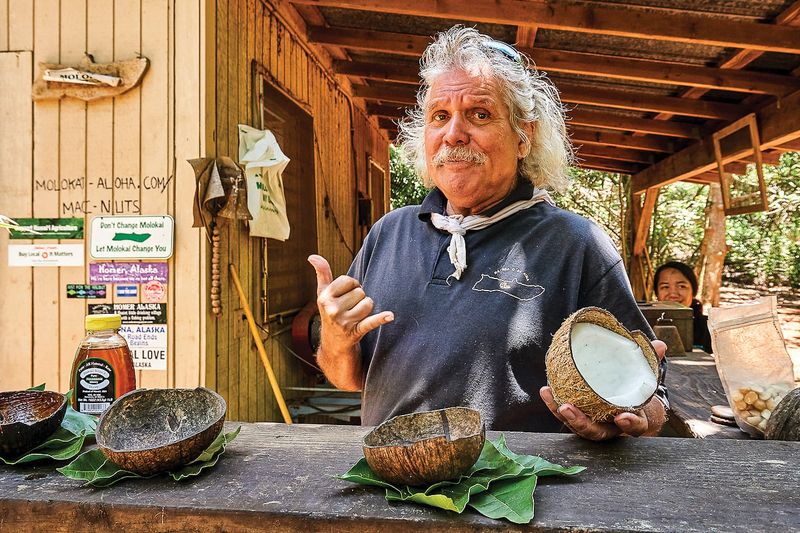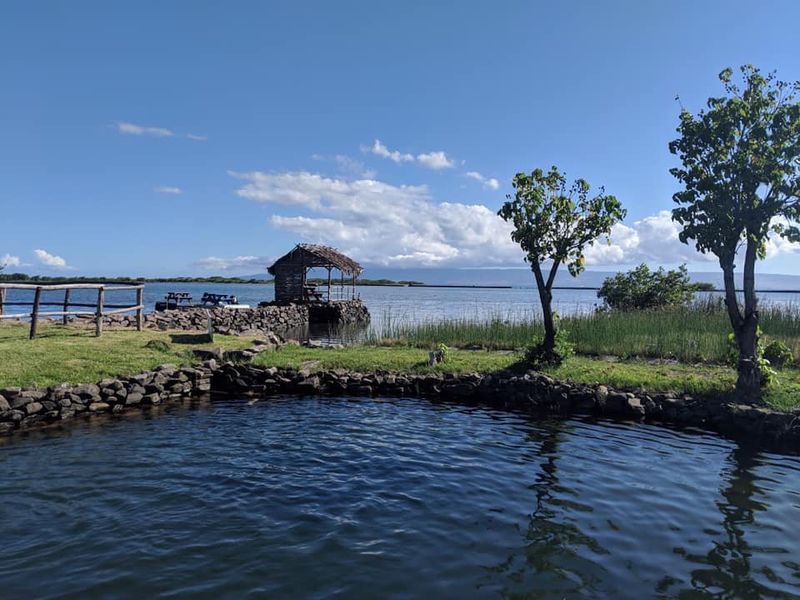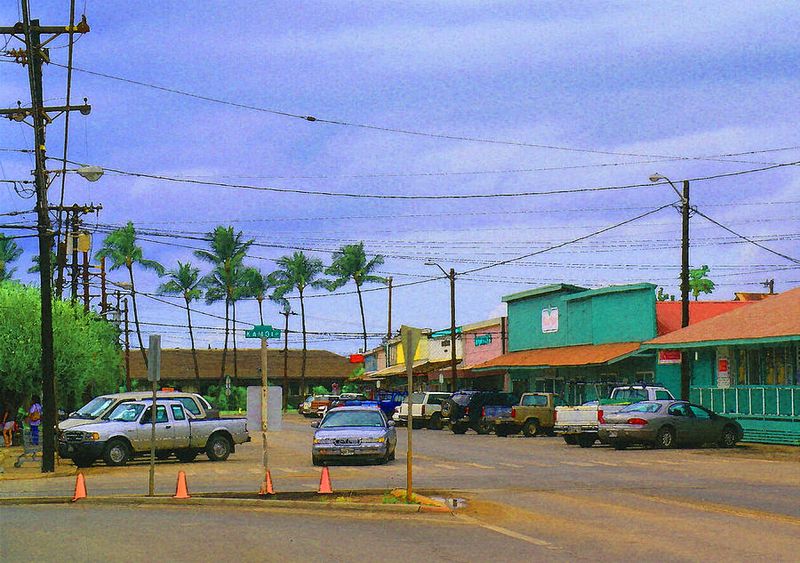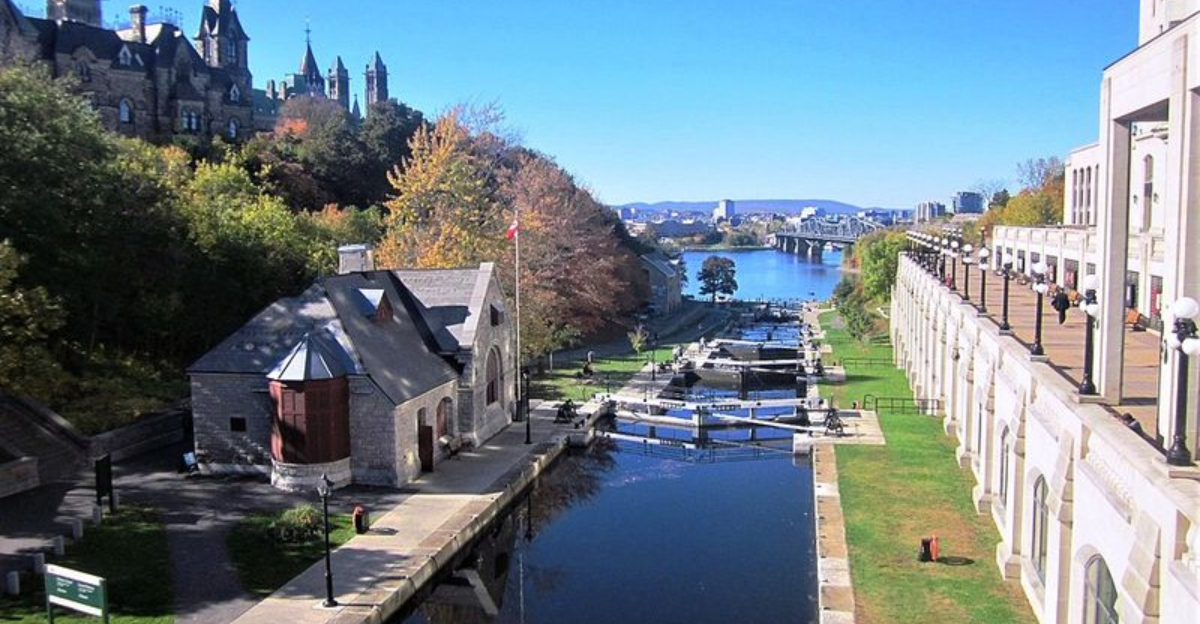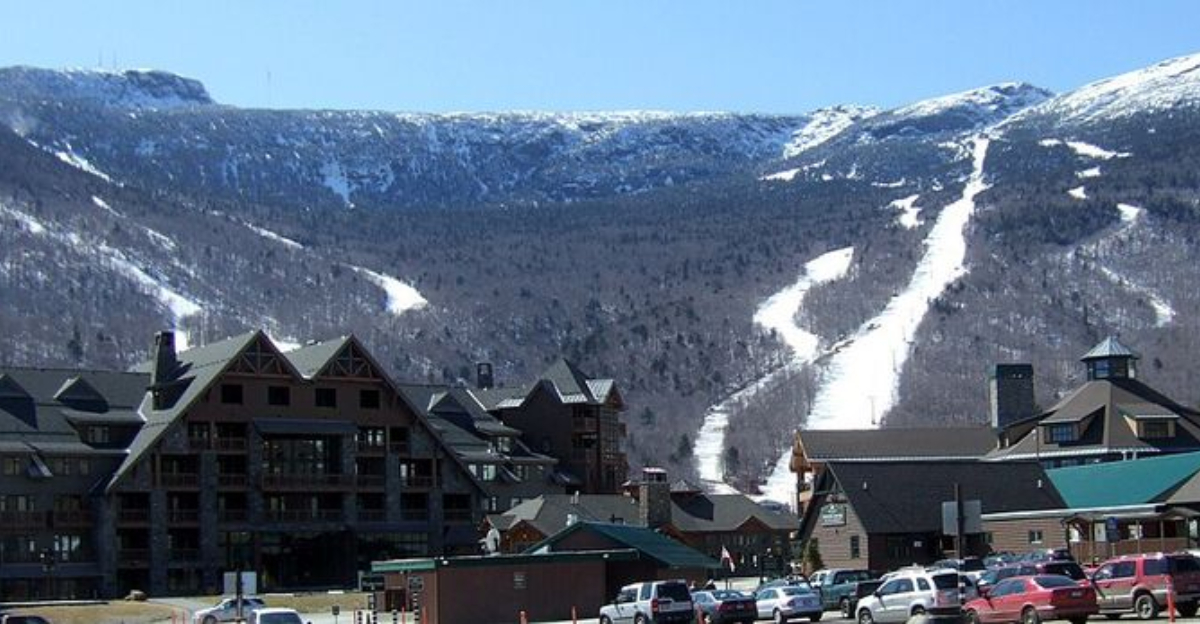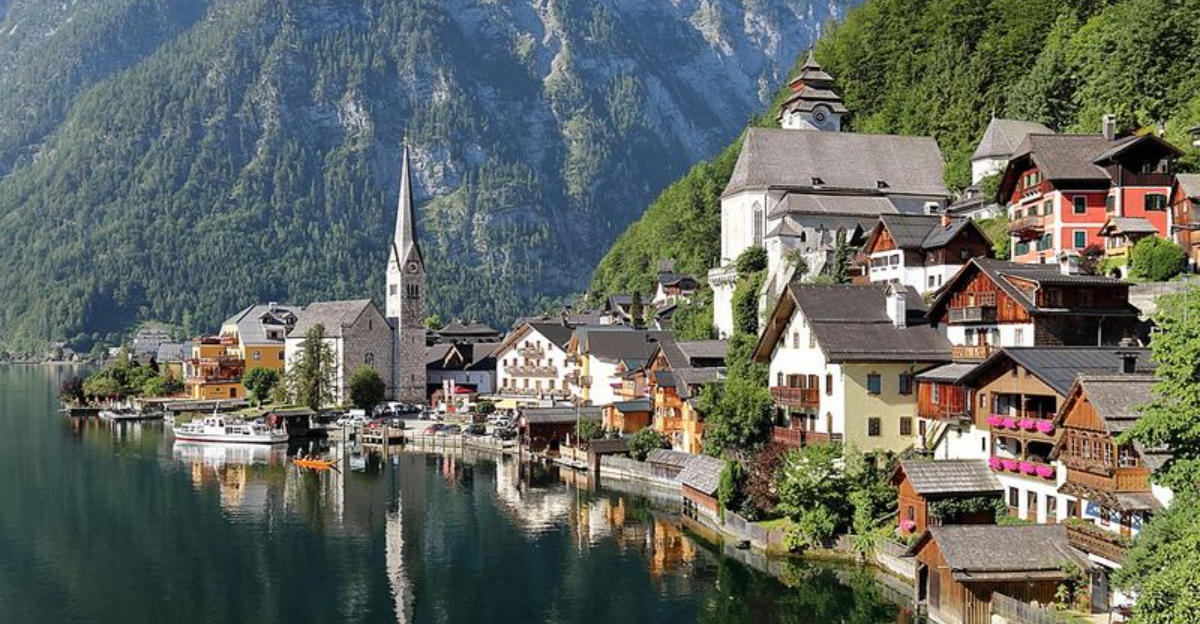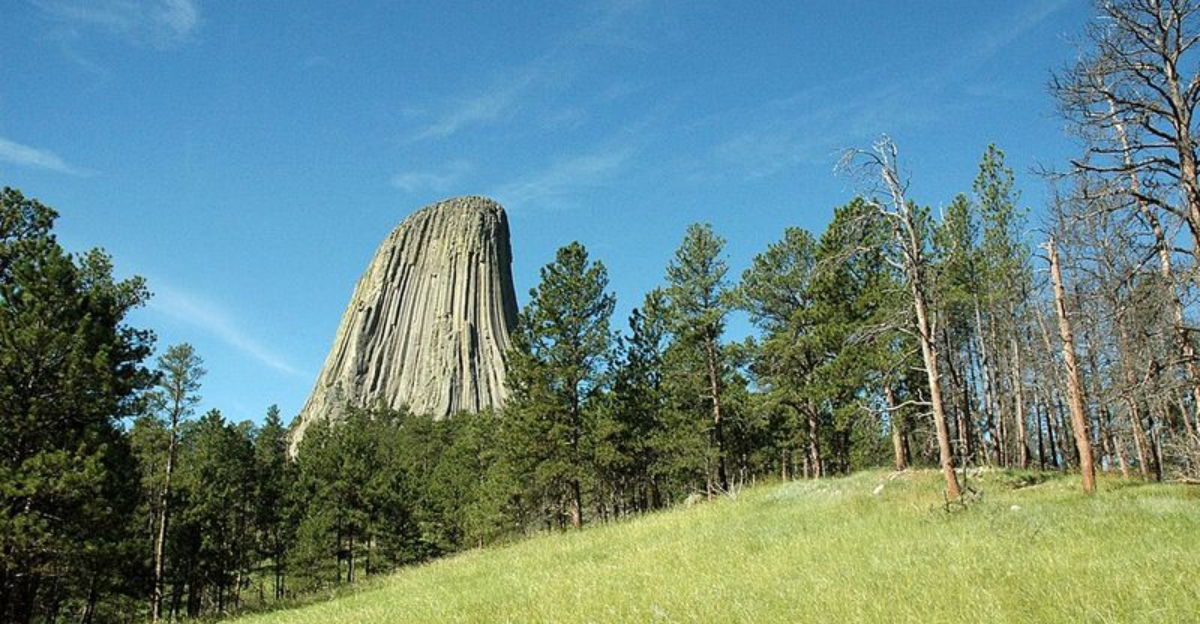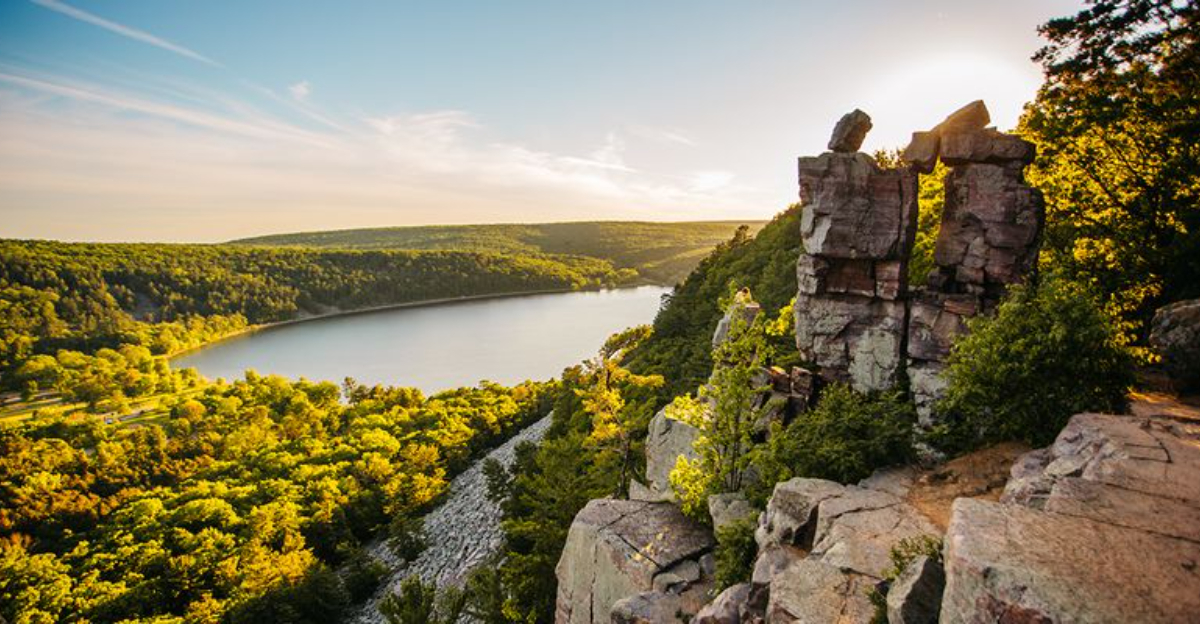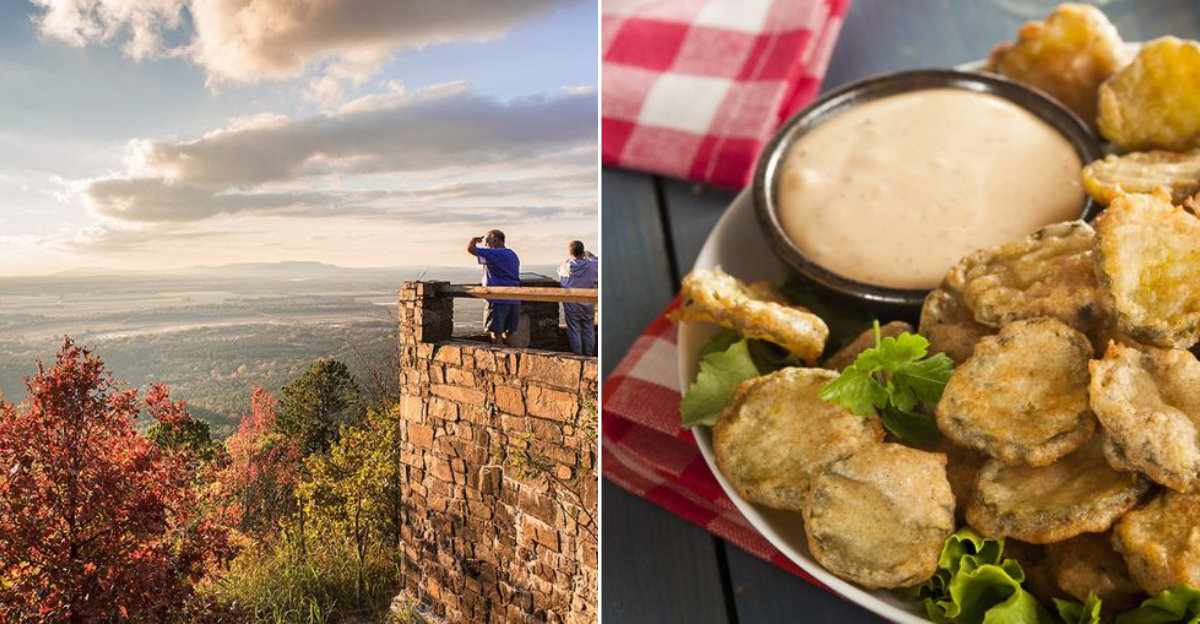Molokai, Hawaii’s Island That Greets You With Open Arms And Endless Quiet
The fifth-largest island in Hawaii and one of its least developed gems, Molokai, is tucked away between Oahu and Maui.
Known affectionately as ‘The Friendly Isle,’ this 38-mile-long paradise offers visitors an authentic Hawaiian experience far from the tourist crowds of its neighboring islands.
With pristine beaches, the world’s tallest sea cliffs, and a rich cultural heritage, Molokai invites travelers to discover Hawaii as it once was.
Ancient Hawaiian Culture Preserved
Molokai proudly maintains the highest percentage of native Hawaiian residents of all the islands.
Here, ancient traditions aren’t tourist attractions – they’re everyday life.
Local families still practice fishing, taro farming, and hula as their ancestors did centuries ago.
The island’s east end remains largely undeveloped, with sacred sites and fishponds dating back over 800 years.
When visiting, you’re experiencing Hawaii’s living history, preserved through generations of dedicated cultural practitioners.
Breathtaking Kalaupapa Peninsula
Once a forced isolation colony for those with Hansen’s disease (leprosy), Kalaupapa Peninsula now stands as a testament to human resilience.
The dramatic peninsula sits at the base of the world’s tallest sea cliffs, soaring 2,000 feet above the Pacific.
Visitors must descend a trail with 26 switchbacks or arrive by small plane to reach this remote settlement.
The peninsula’s painful history, stunning natural beauty, and powerful spiritual atmosphere create one of Hawaii’s most moving experiences.
Hawaii’s Longest White Sand Beach
Papohaku Beach stretches for nearly three miles along Molokai’s western shore, yet you might have this breathtaking expanse entirely to yourself.
The powdery white sand, wider than a football field in places, squeaks beneath your feet as gentle waves crash along the shoreline.
Unlike crowded beaches on other islands, Papohaku offers peaceful solitude and spectacular sunset views.
Remember to exercise caution when swimming – strong currents make this more of a beach for strolling and sunbathing than for water activities.
Off-Grid Island Lifestyle
Forget mega-resorts and shopping malls – Molokai embraces a refreshingly simple way of life.
The island has exactly zero traffic lights, no buildings taller than a coconut tree, and a single small-town main street in Kaunakakai where locals gather.
Visitors quickly adjust to the relaxed pace, where “Molokai time” means never rushing.
The island’s limited development is intentional, as residents have repeatedly rejected large-scale tourism to preserve their traditional lifestyle and natural environment.
Halawa Valley’s Sacred Waterfalls
At the eastern end of Molokai lies Halawa Valley, one of Hawaii’s oldest continuously inhabited settlements.
Archaeological evidence suggests Polynesians first settled here around 650 AD.
The lush valley leads to magnificent twin waterfalls that can only be visited with local cultural guides.
These guided hikes aren’t just about scenery – they’re cultural journeys where visitors learn traditional protocols, ancient legends, and plant uses.
The valley’s powerful mana (spiritual energy) remains palpable, connecting modern visitors to centuries of Hawaiian life.
Traditional Hawaiian Farming
Ancient taro patches still flourish in Molokai’s fertile valleys, particularly in places like Halawa Valley.
Locals continue traditional farming practices that have sustained Hawaiian communities for centuries.
Visitors can tour small farms where families grow taro, sweet potatoes, and other traditional crops using methods passed down through generations.
The island’s agricultural heritage remains vibrant through community initiatives that teach young people ancient farming techniques.
Did you know? Molokai once exported enough sweet potatoes to feed California’s Gold Rush miners in the 1800s!
World-Famous Macadamia Nut Ranch
Purdy’s Natural Macadamia Nut Farm stands as a beloved Molokai institution where visitors receive a warm welcome from the Purdy family.
For over 40 years, they’ve shared their knowledge of macadamia cultivation through entertaining demonstrations of traditional nut cracking techniques.
The family’s infectious enthusiasm makes this small working farm a highlight for many visitors.
You’ll learn how these prized nuts grow and sample freshly harvested macadamias with various seasonings.
Molokai’s Sacred Fishponds
Along Molokai’s southern shore, ancient Hawaiian fishponds stand as remarkable feats of aquacultural engineering.
Built between 1200-1600 AD, these stone-walled enclosures trapped fish while allowing seawater to circulate through strategically placed gates.
The Ali’i (royalty) commissioned these ingenious structures to ensure a steady food supply.
Today, community efforts focus on restoring these historic sites, with Keawanui Fishpond being the most successfully rehabilitated example.
The Laid-Back Kaunakakai Town
Kaunakakai, Molokai’s main town, feels like stepping back in time to old Hawaii.
The single-story wooden buildings along Ala Malama Avenue house local businesses where residents greet each other by name and talk story on sidewalks.
Saturday mornings bring farmers to Kaunakakai’s market, offering fresh produce, homemade treats, and handcrafted items.
The town’s iconic landmark is its weathered wooden pier stretching nearly half a mile into the harbor, once used by sugar plantations and now a favorite fishing spot for locals.

